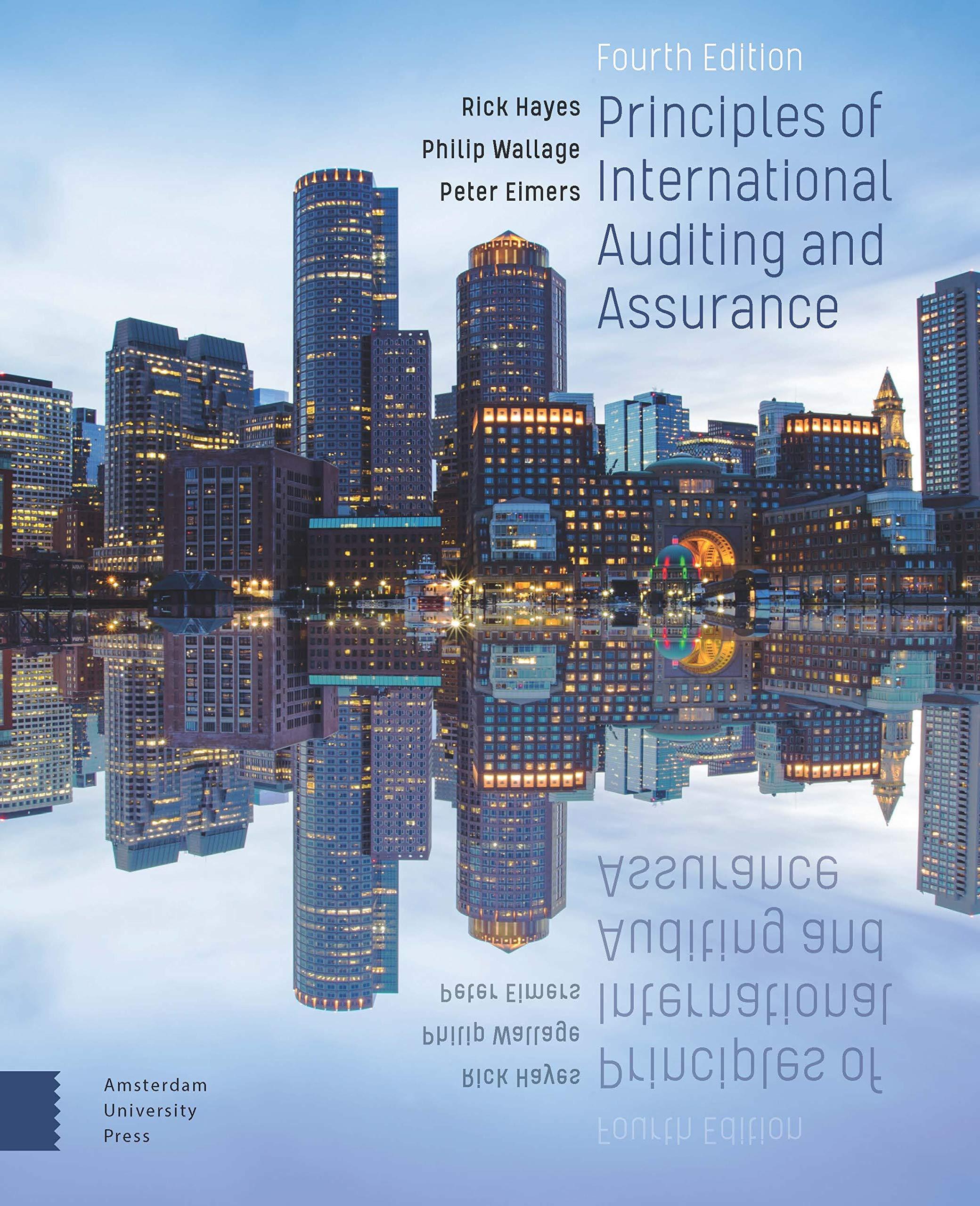$55,000 120 Tax Dwyane's earning Information this year is given in Table A below. Table A Salary Interest (checking account) Cash received as birthday gift Interests from money market mutual funds Inheritance received on father's death Cash received from insurance for accident claim settlement 3,900 380 26,000 3,900 7.700 He is single, and the standard deduction for a single taxpayer is $12,000. He has the following expenses that he wants to include as itemized deductions for the year. Table B Medical expenses $5,100 Home mortgage interest Credit card interest 1,600 Charitable contributions to a 501(eX3) organization 2,600 State property taxes 1,600 Job-related expenses 2,000 Assume the Tax Act allows an itemized deduction for medical expenses if more than 10% of adjusted gross income (AGI) and regulates that miscellaneous includes employee business expenses over 2% of AGI are not deductible. Other regulations are the same as the slides and the textbook From the Tax Act, the tax rates are 10% on the first $9,525 of taxable income, 12% of the amount over $9,525 up to $38,700 of taxable income, 22% of the amount over $38,700 up to $82,500 of taxable income, and 24% on the remainder. Questions: In the following Questions, fill the number by rounding to the second digit after the decimal. Do not put "dollar sign." "percent sign," or "housand separators in the blank.) (1) Given the information from only Table A, his gross income for tax purposes is $ (2) Assuming that the answer to Question (1) is his adjusted gross income this year, the total itemized deduction he can take is S given the information from Table B (3) When he files the tax, he can choose to deduct either standard deduction or itemized deductions from his gross income for tax purposes, which is answered in Question (1) The amount he will choose to deduct is $ (4) After the deduction in Question (3), the taxable income is $ (5) Given the taxable income from Question (4), his tax liability is $ (5) His marginal tax rate is % m His average tax rate is % This year, he sold stock shares for a long-term capital gain of $8,500. He also sold some financial services stock for a long-term capital loss of $3,000. In addition, he sold the home that he had lived in for the past three years and experienced a $16,500 gain on the house. In this year, long-term gains have alternative reduced tax rates: (a)0% if the tax bracket is 10% or 12%, and (b) 15% if the tax bracket is 22% or 24%. Answer these Questions: (In the following Questions, fill the number by rounding to the second digit after the decimal. Do not put "dollar sign," "percent sign," or "thousand separators" in the blank.) (8) His net taxable long-term capital gain for this year is $ (negative if it is a long-term capital loss) (9) Given the information above and his marginal tax rate in Question (6), He will pay $ (or save in negative sign) in taxes as a result of these transactions related to long-term capital gains or losses








